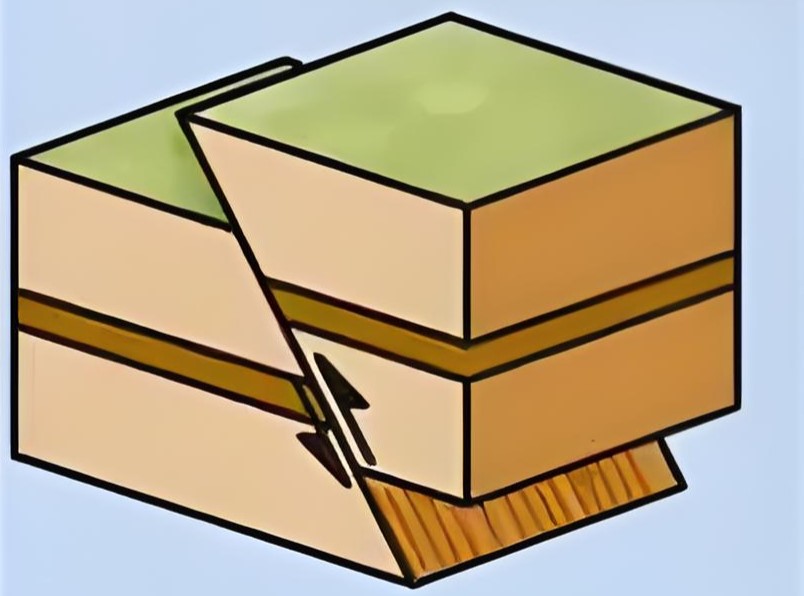How can we determine whether a reverse fault exists ahead of the tunnel during tunnel construction? During tunnel construction, various methods can be used to determine whether a reverse fault exists ahead of the tunnel. Common methods include:

1. Geological Sketching: A detailed geological sketch of the tunnel excavation face is conducted, recording information such as lithology, rock formation dip, weak interlayers, intervening veins, the shape, dip, width, and filling characteristics of faults and fracture zones, as well as the shape, dip, size, and intersecting relationships of major joints and fissures. By analyzing this information, the geological structure ahead can be inferred. If significant rock formation dislocation is observed, with relative uplift of the hanging wall and relative downlift of the footwall, this may indicate the presence of a reverse fault.
2. Advanced Geological Prediction: Various advanced geological prediction technologies are used, such as TSP (Tunnel Seismic Prediction), geological radar, infrared detectors, and advanced geological drilling. TSP can provide long-range, macroscopic forecasts; geological radar can accurately determine the presence of cavities and water bodies around and beneath the tunnel over short distances; infrared water detectors can be used to determine groundwater conditions; and advanced horizontal drilling can more directly reveal the physical and mechanical properties of groundwater and surrounding rock. A comprehensive analysis of these forecast results can help determine the presence and characteristics of reverse faults.
3. Analyze rock formation strike: Determine the dip and inclination of rock formations. If the direction of rock formation movement matches the characteristic of a reverse fault with rising hanging wall and relatively lowered footwall, this can be used as a basis for determining a reverse fault.
4. Observe rock structural surfaces: Detailed investigation of the surrounding rock structure strike, joint extension, roughness, opening, and groundwater exposure. Rock structural surfaces near reverse faults may exhibit specific characteristics.
5. Monitor tunnel deformation: Monitor deformation of the tunnel surrounding rock and analyze deformation data. An abnormal increase in deformation in a particular area may indicate the presence of a geological anomaly, such as a reverse fault.
6. Reference Geological Data: Integrate pre-construction geological survey reports, design drawings, and other materials to understand the geological conditions along the tunnel route, analyze the location and characteristics of potential reverse faults, and compare and verify findings with those found during actual construction.
It is important to note that a single method may have limitations. To more accurately determine whether a reverse fault exists ahead of the tunnel, a combination of methods is often necessary, along with analysis and judgment by experienced geological engineers. Furthermore, vigilance must be maintained during construction. If any signs of a possible reverse fault are discovered, appropriate measures must be taken promptly to ensure construction safety.





